On this page we will ask Members to share their knowledge and experience with different Genres of Photography. What's a Genre? Well, topic of interest, for example, Monochrome Images, Darkroom Techniques, Sports and Action Photography, Macro, (Table Top and Close Up), Portraiture, Pets, Landscapes, HDR (High Dynamic Range), Astro and Night Sky Photography, Flower and Plant Photography, Mobile Phone Photography, How I made this image, etc etc...Can YOU Contribute content - text and images - to YOUR website?
Answers on a post card......
Sports Photography by Pat Kehoe
Sports photography is very difficult to break into.
When applying for accreditation to the various sports bodies they all look for proof that you are commissioned by some known media organisation. Contact names and phone numbers must be supplied.
Consequently my only accreditation to date is with The Football Association of Ireland.
I achieved this by being a commissioned photographer with Shamrock Rovers Football Club.
I also have accreditation with Leinster Rugby.
One of the big issues in photographing sporting events is the weather.
Using two cameras, it is a job to keep them dry. I do have covers for everything but it make operating that much more difficult.
YOU CAN SEE MORE OF PAT'S WORK IN THE MEMBERS GALLERIES PAGE.
Soccer
In taking photographs of sporting events there are certain poses/conditions that we aim for.
The intention is to catch every event with the player/s facing the camera. Being able to see the eyes and facial expressions are key, as is having the ball in the frame.
Having just a single player in the frame is less than ideal unless there is something dramatic happening.
Sometimes photos of the back of the player is acceptable also if it includes some dramatic circumstance i.e. a clash with another player or some acrobatic pose.
Images with dramatic facial expressions and obvious aggression as indicated by very close contact between the players and maybe obvious facial anger. These are the types of shots we look for.
Of course none of these circumstances are of any great interest if the ball is not also present.
The Holy Grail is to capture goals and as dramatic as possible.
This can be a daunting task. There are few goals in most games and some degree of luck is needed.
As the game is being seen through the viewfinder there is a very restricted field of view so an upcoming goal chance has to be anticipated. When that happens the thing to do is focus on the goal and run on burst mode.
Hopefully a goal will be recorded. To demonstrate this point there is a sequence of images of a goal being scored in the accompanying file.
From a Shamrock Rovers point of view goals scored by the opposition are of no interest.
At any given game shooting as many as 1500 images is normal.
Afterwards these images have to be edited and a selection of up to seventy are forwarded to Shamrock Rovers. This task can take up to three hours.
There is the additional twist that the club only wants shots which feature Rovers players. They have no interest in promoting other clubs.

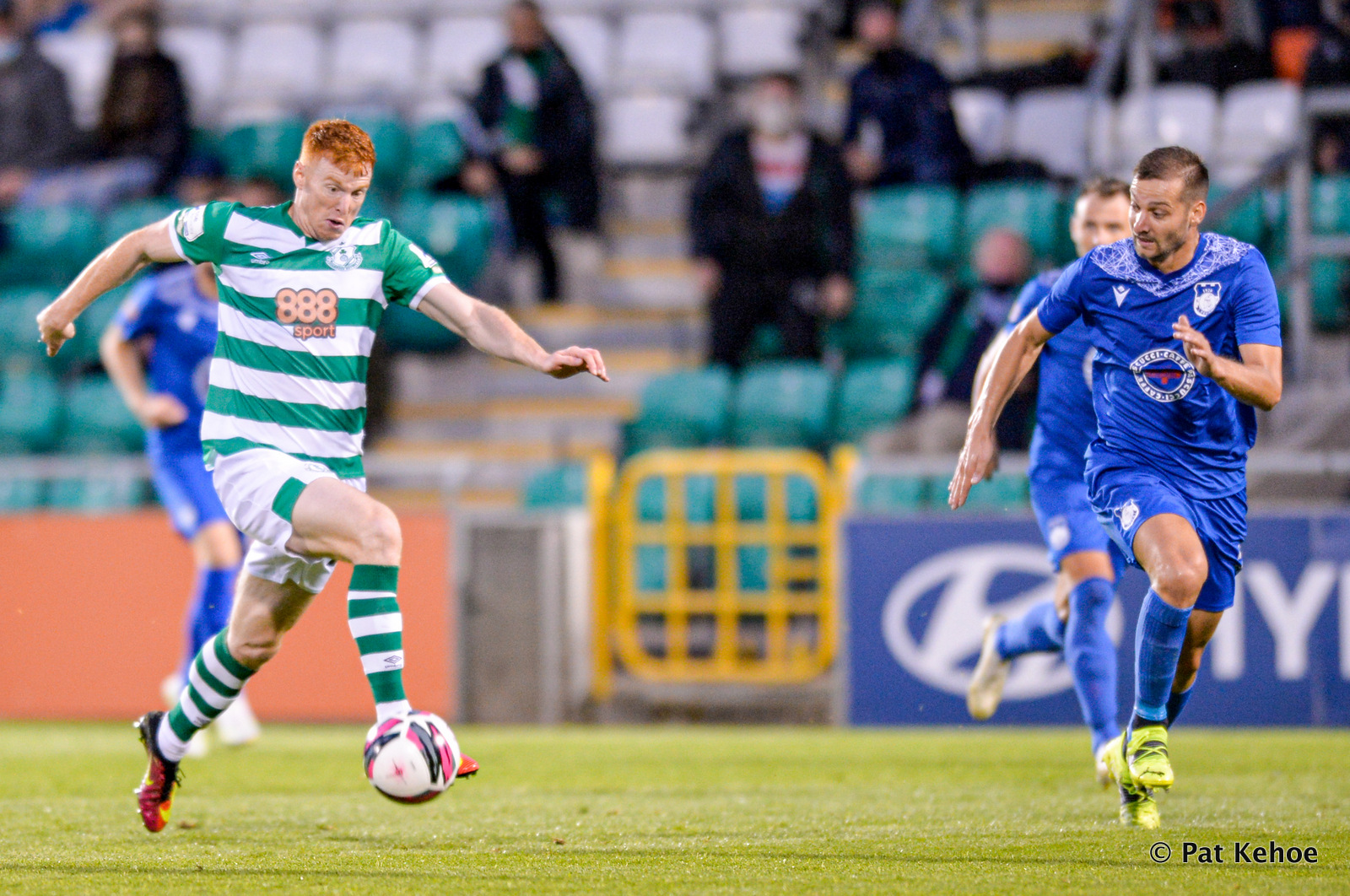


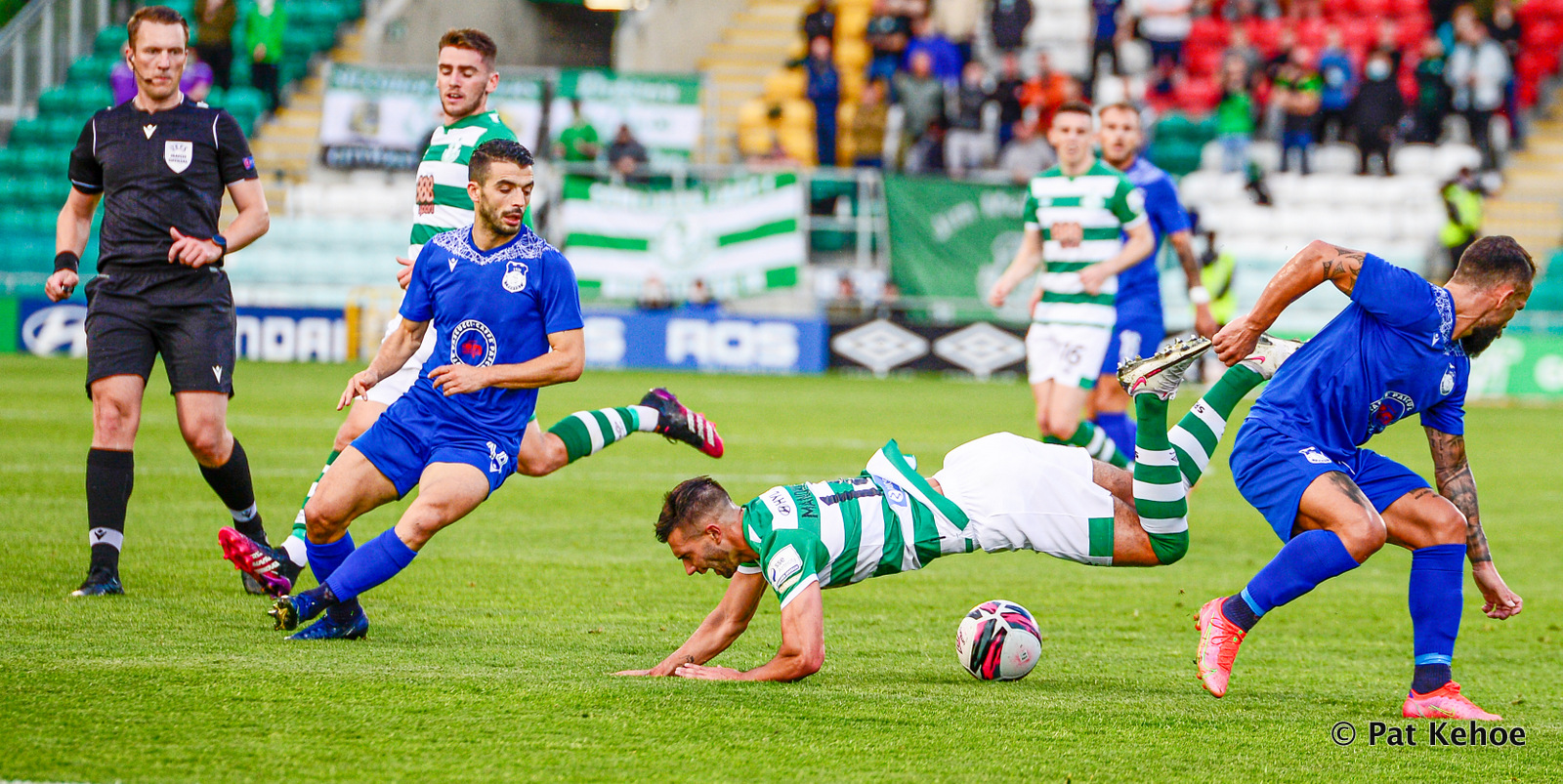



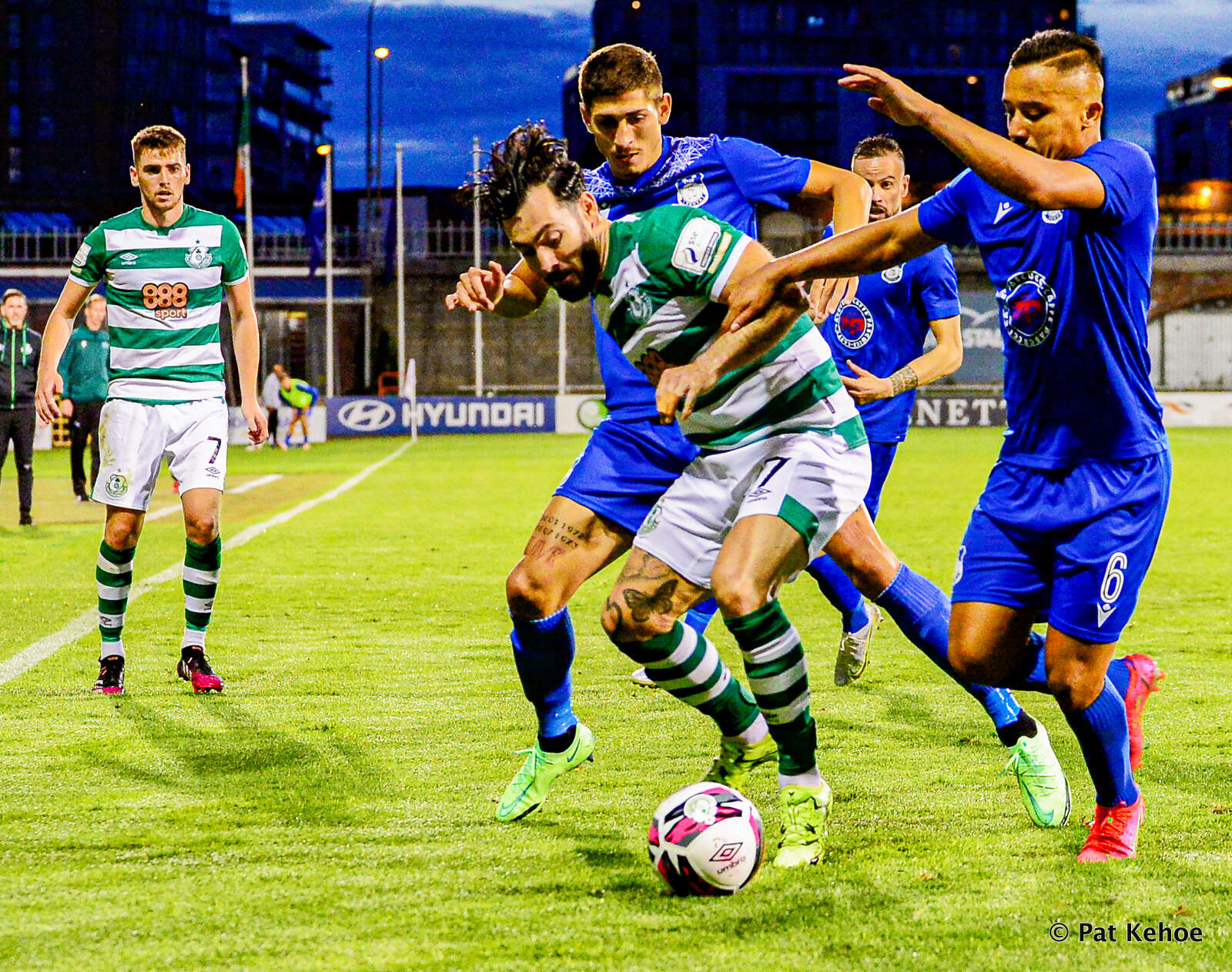
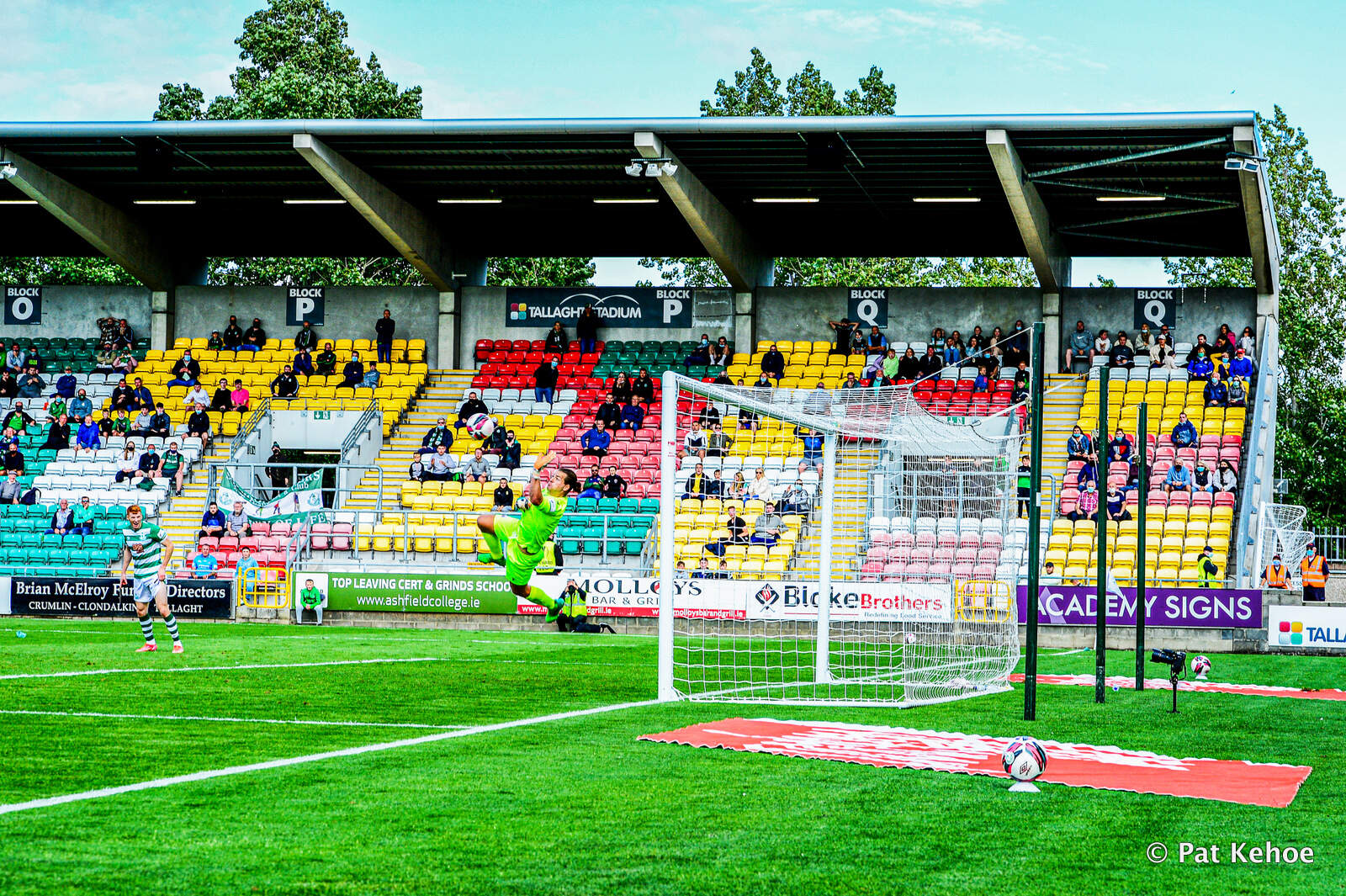
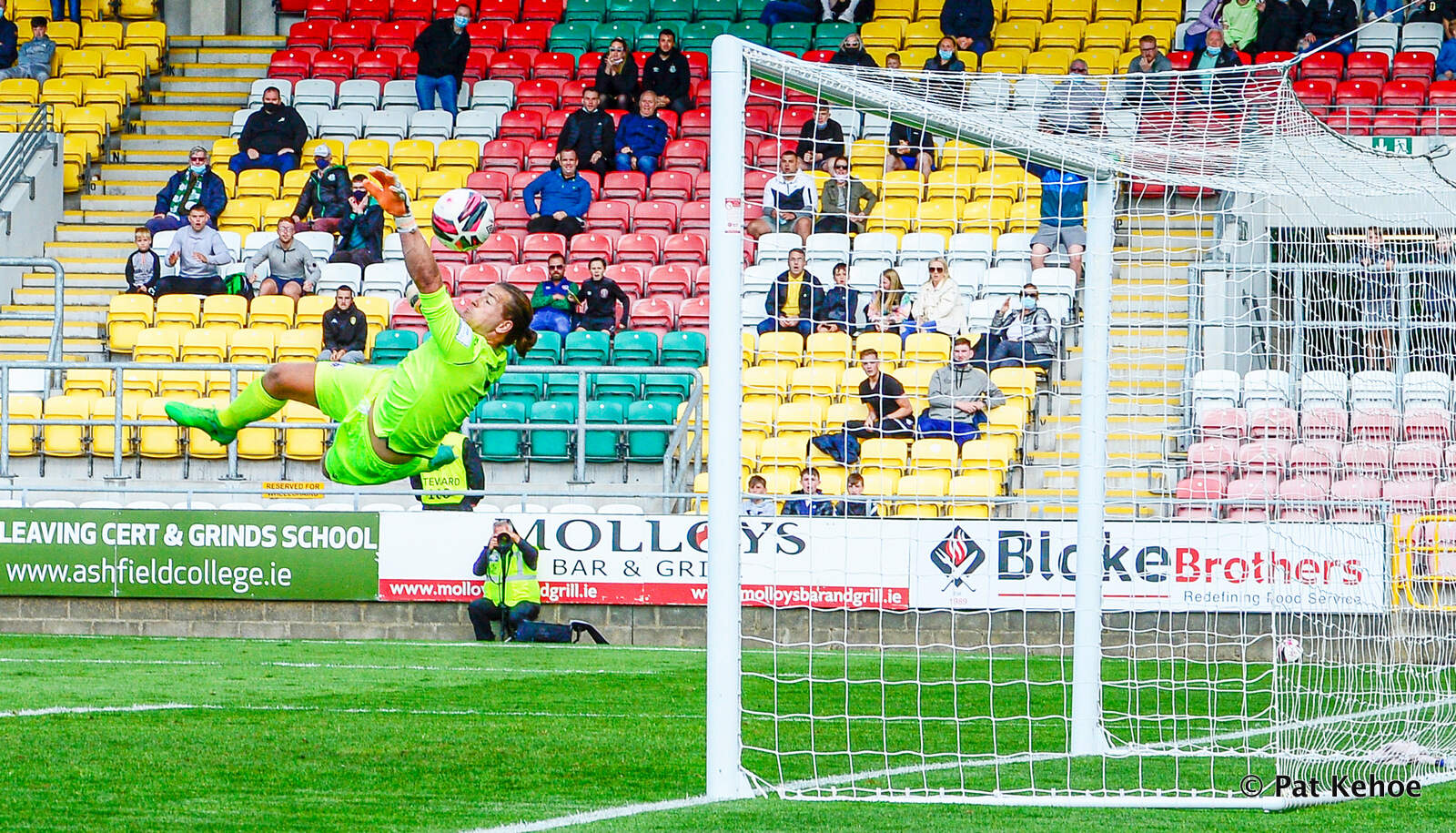
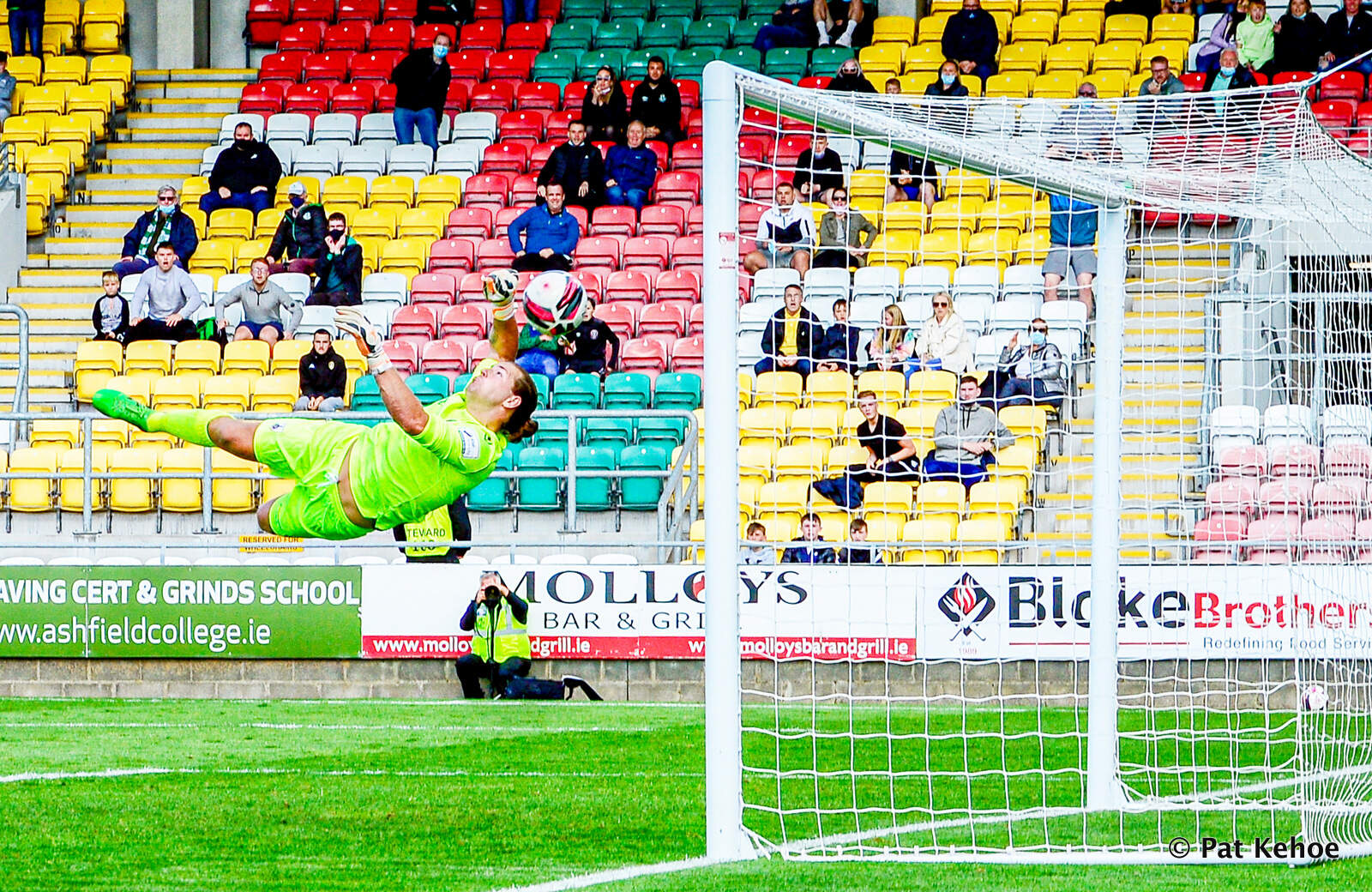
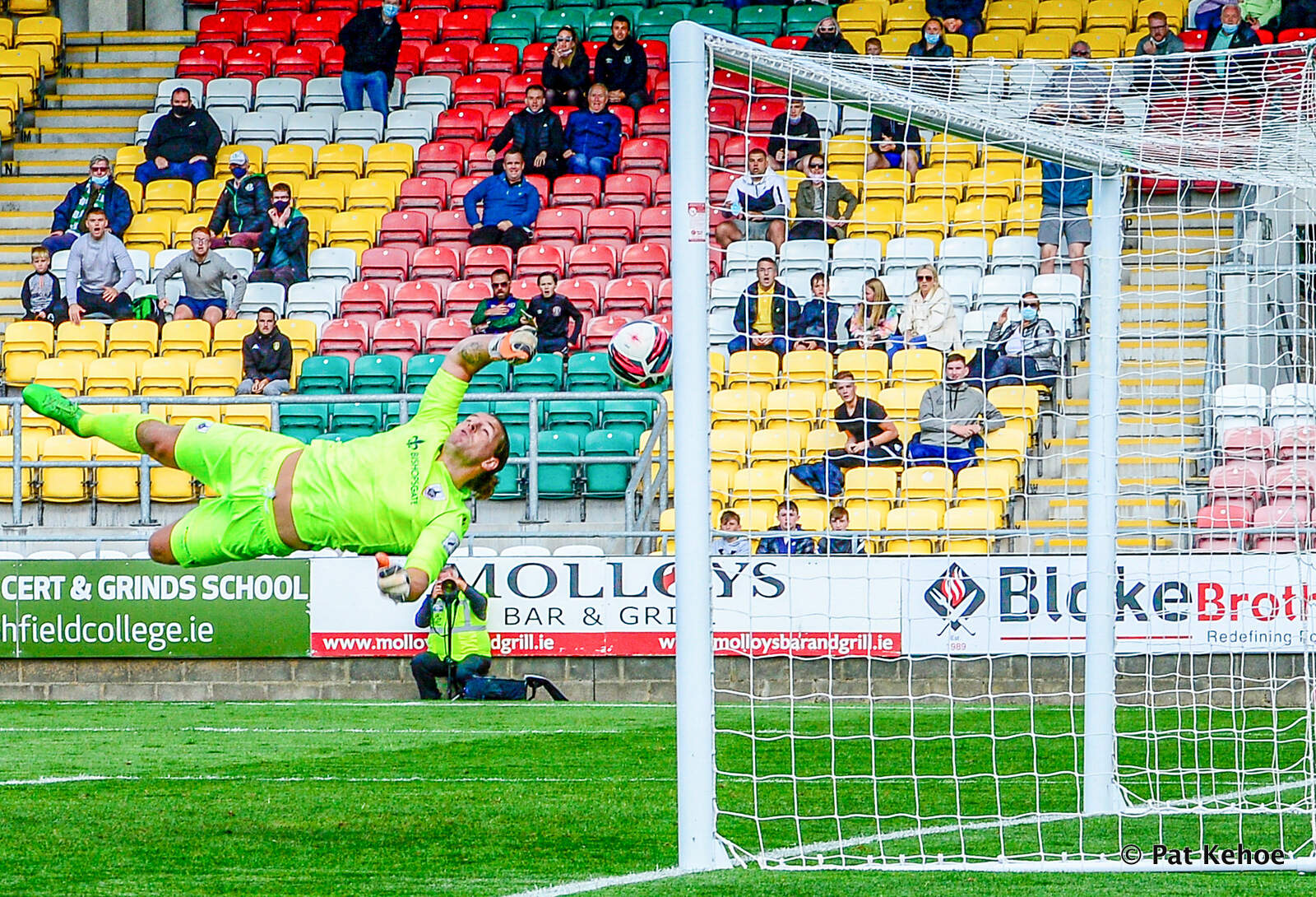


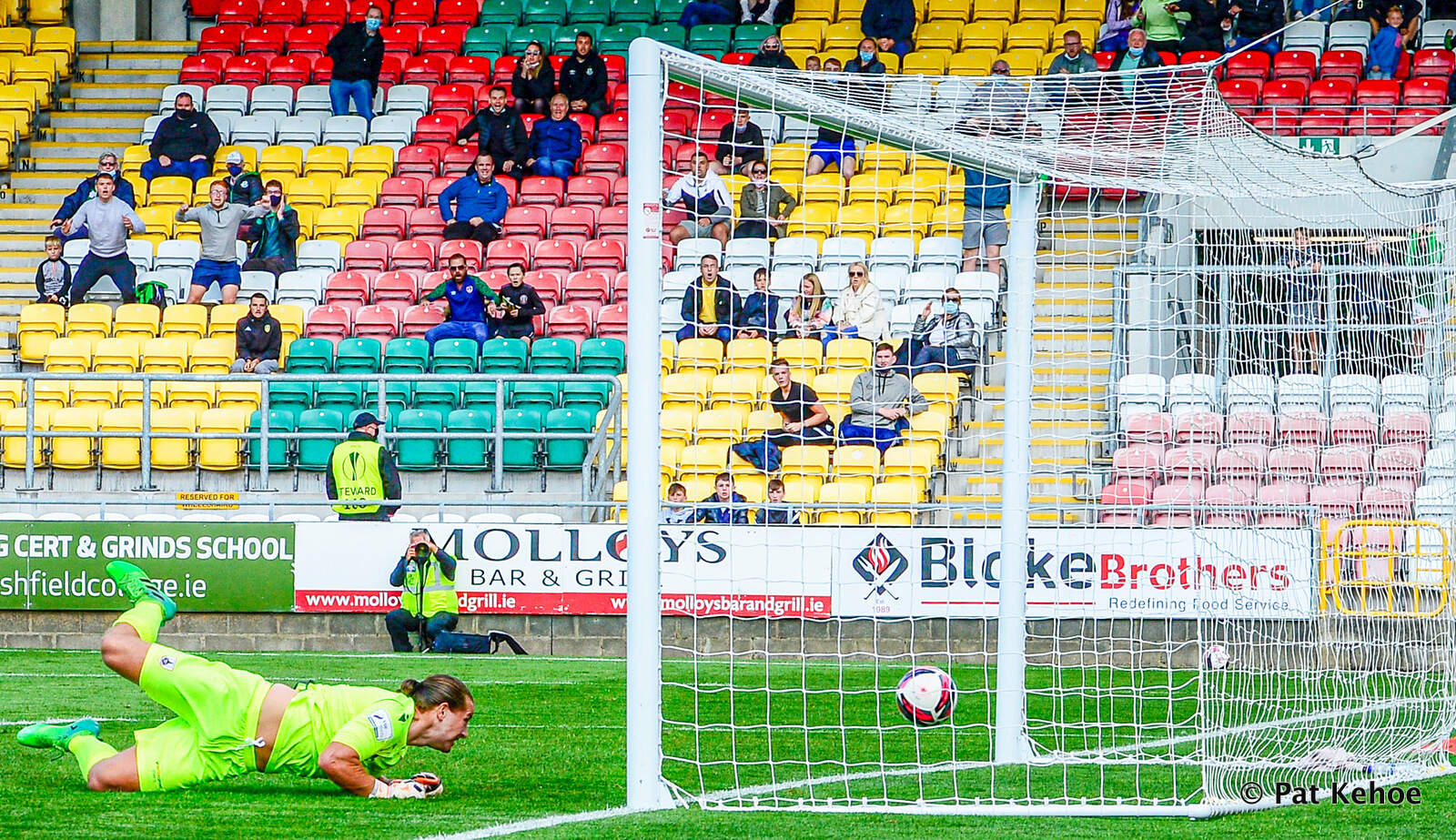

Motocross.
This is a totally different sport in every way.
Essentially it is an individual sport so the rules which apply to a team sport do not apply.
The riders eyes are rarely seen as they are behind a helmet and the odd time they are seen they are just riveted to the track.
The sport does have some things in common with football in as much we are always looking for the dramatic.
The weather and the state of the track has a huge bearing on whether the racing is spectacular or not.
A dry track lends itself to much higher speeds and much higher jumps, also greater speed in the corners.
I am familiar with only one track, Doon on the Offaly/Tipperary border.
There are no restrictions at this track and photographers can access any point on the course. Of course photographers are responsible for their own safety
This arrangement allows the photographer to take up the most advantageous positions especially around the jumps where sometimes it appears as it riders is coming right into the camera.
Sometimes there are close calls and spectacular crashes. If for some reason a bike is not facing straight forward at the the at point of take-off on a jump he will not be able to straighten while in the air and so could land off the side of the track resulting in a spectacular return to earth.
The other location that sees it's share of crashes is the first turn at the start of the race where there could be 30/40 in action.
Rugby.
In rugby we are looking for much the same as in football.
Multiple players and ball in the frame, facial expressions and aggressive tackling.
Players touching down for a score is the ultimate objective and the more spectacular the better.
As opposed to football it can be difficult to achieve a clean frame in rugby. There's usually too many players in the frame and invariably it results in body parts being cut off.
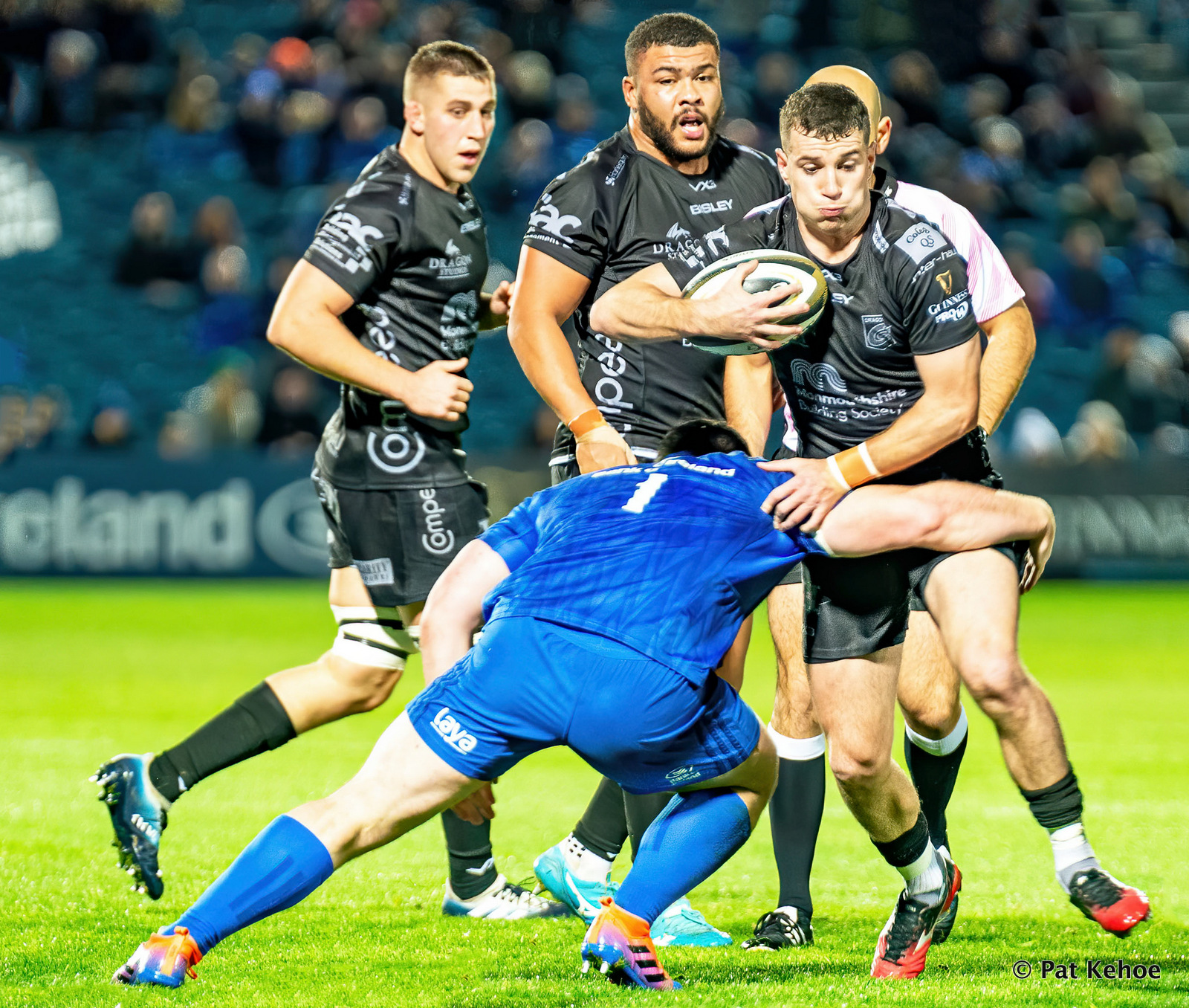



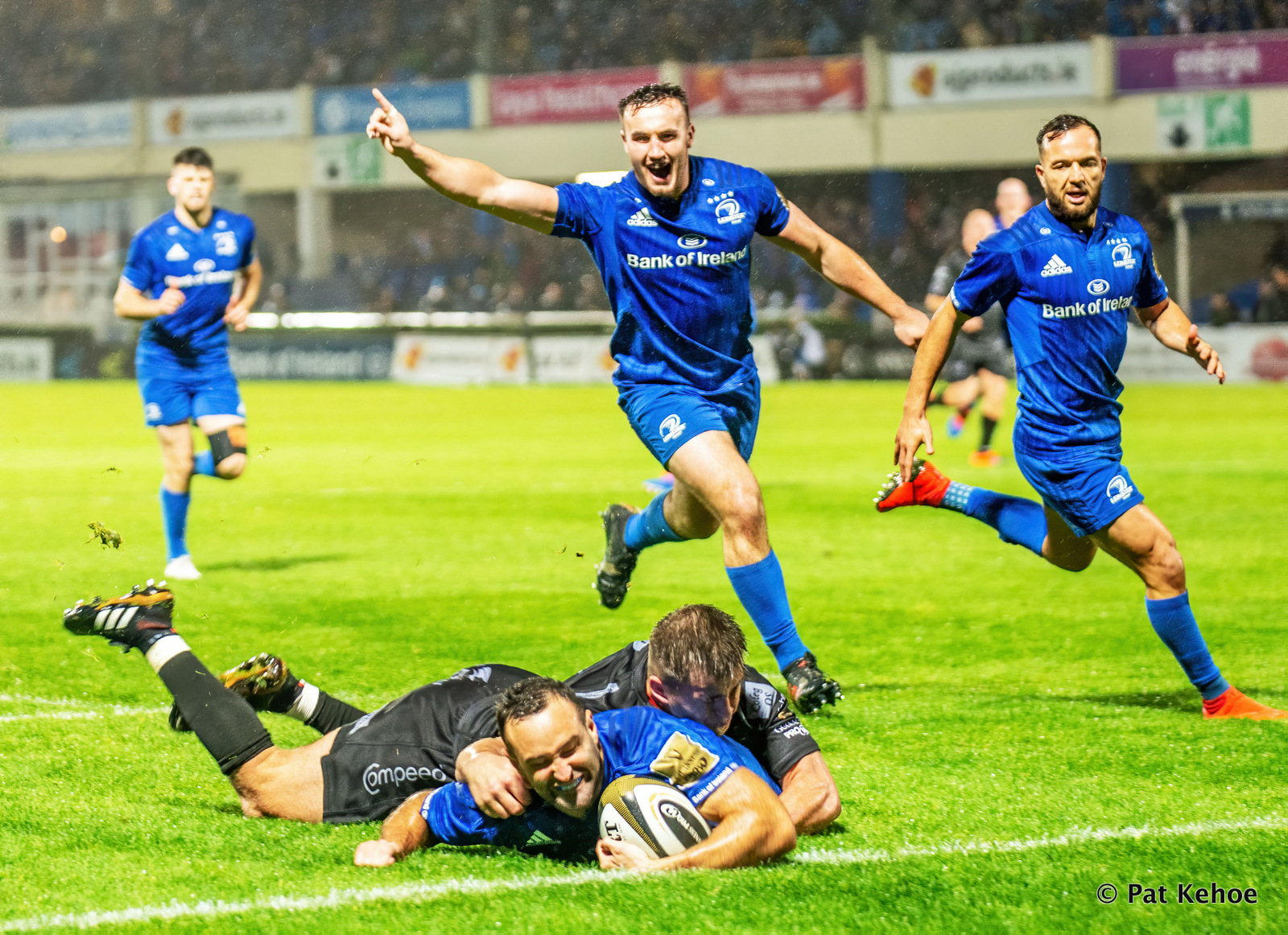
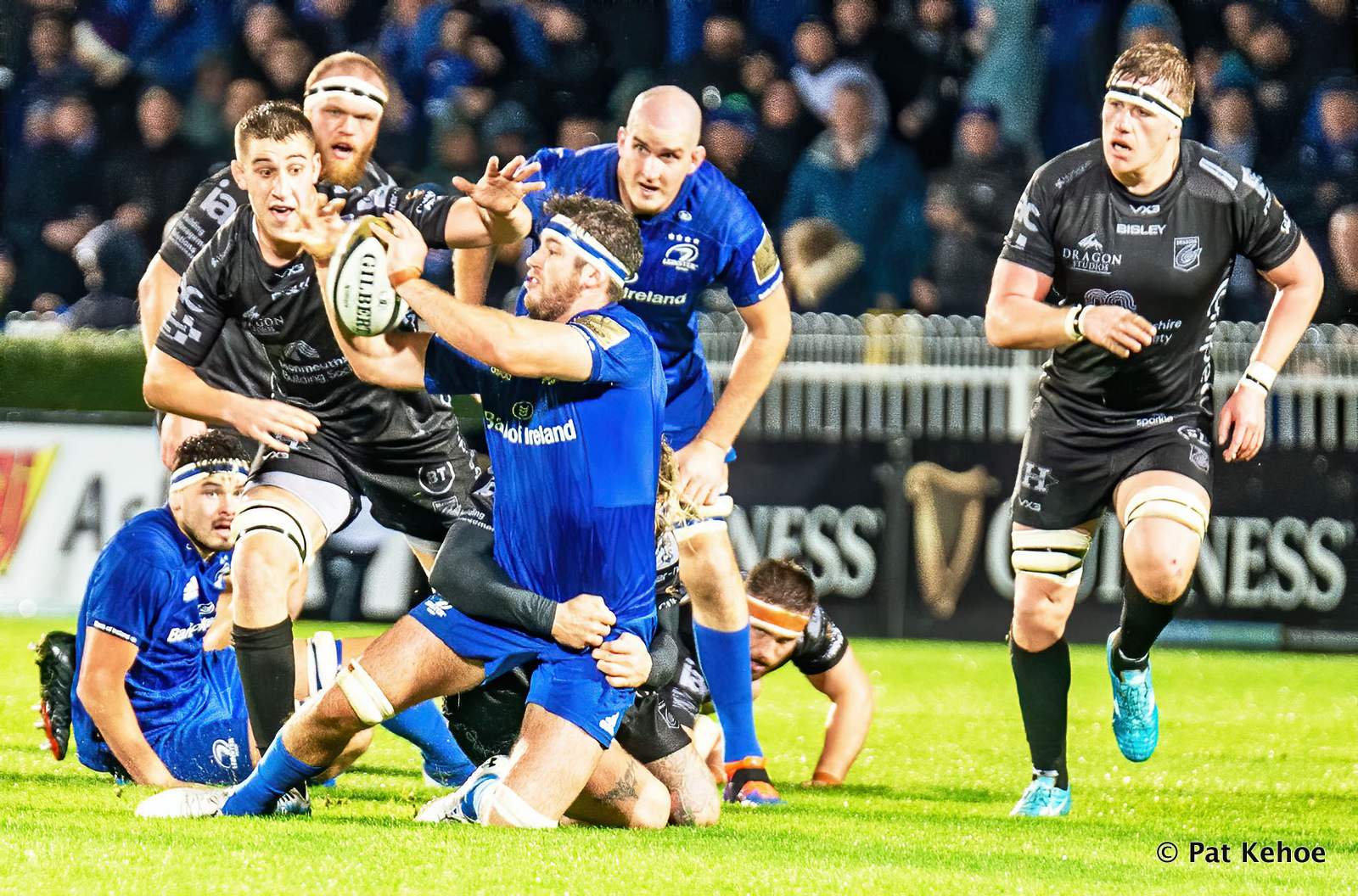
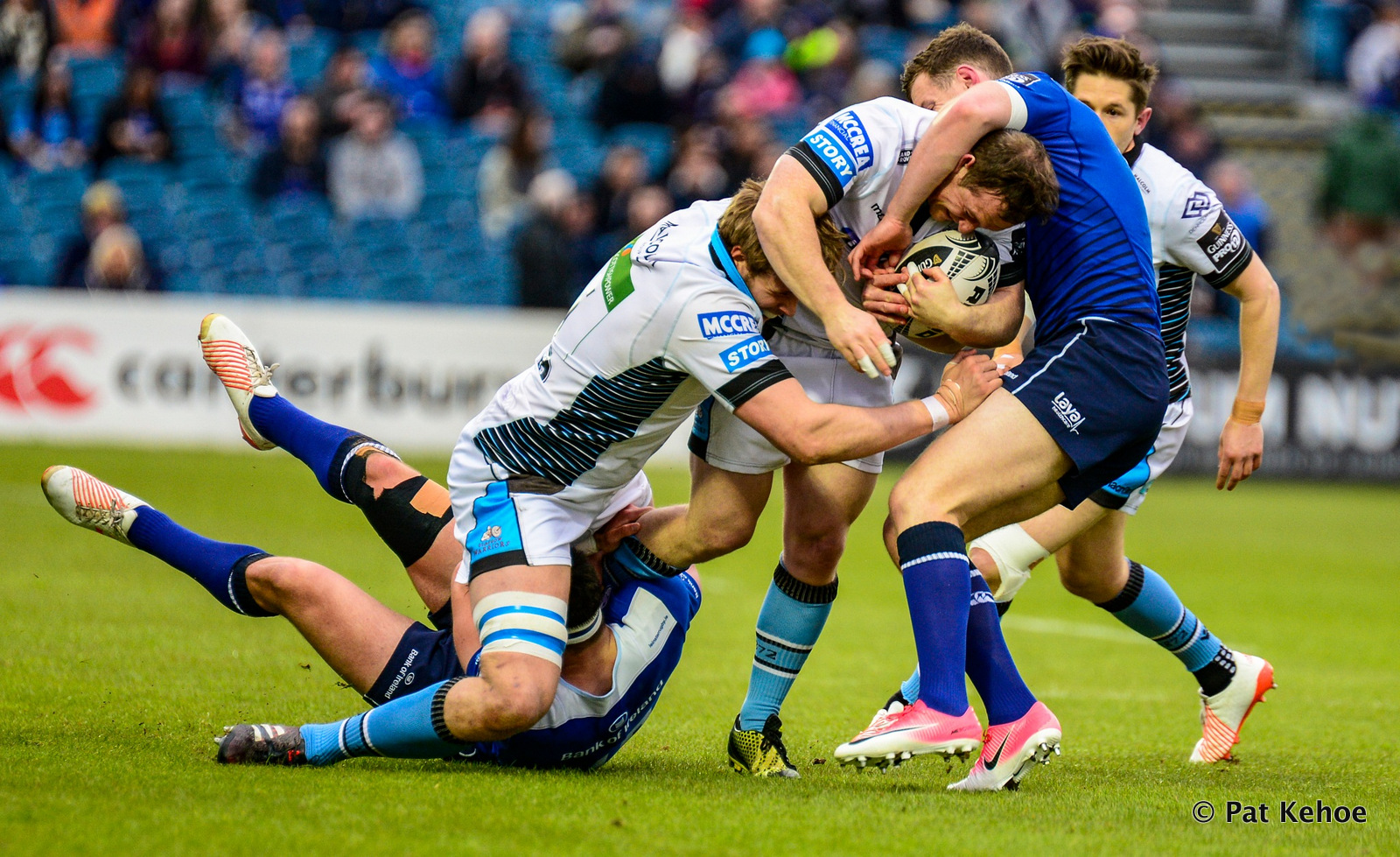

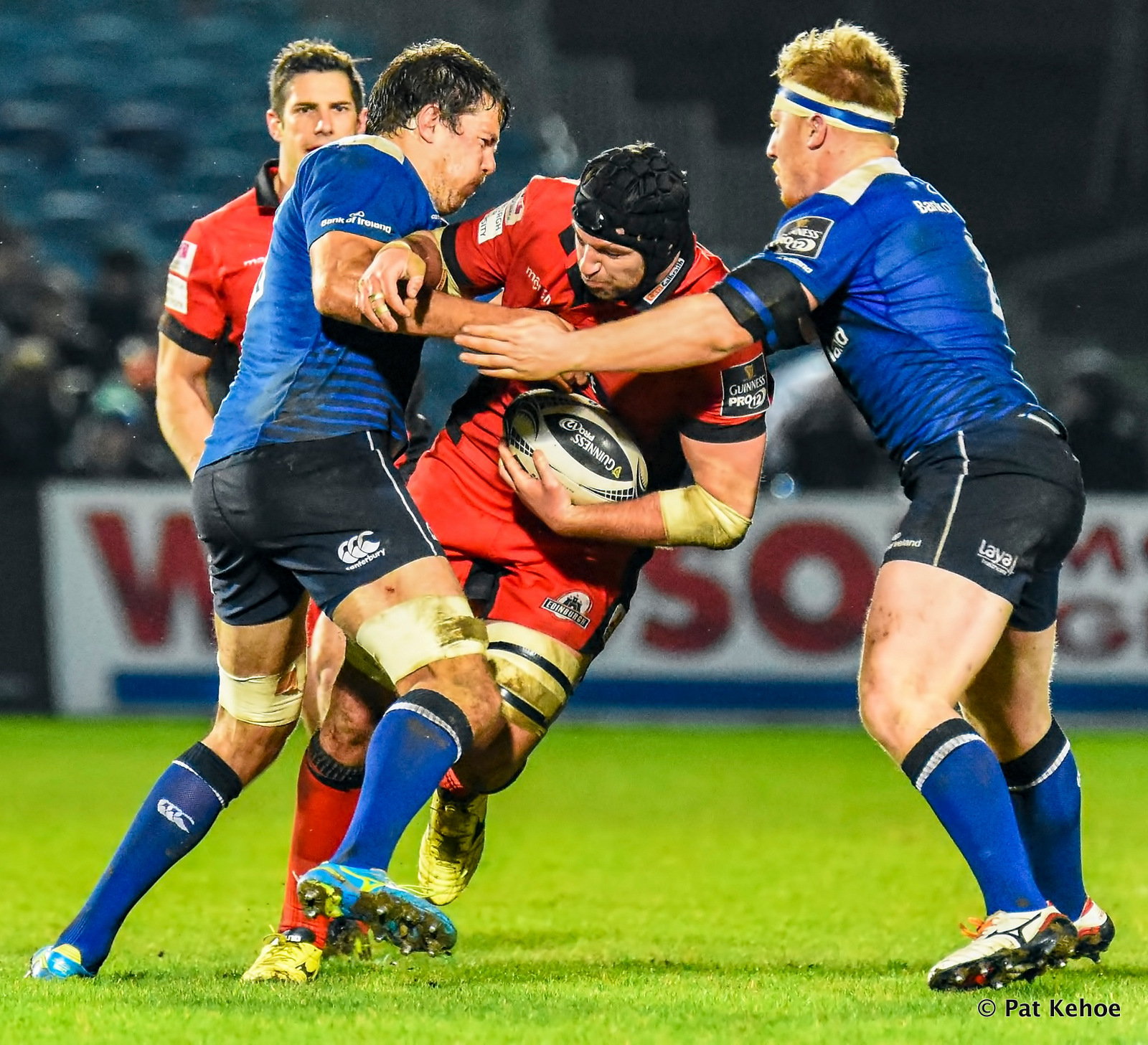
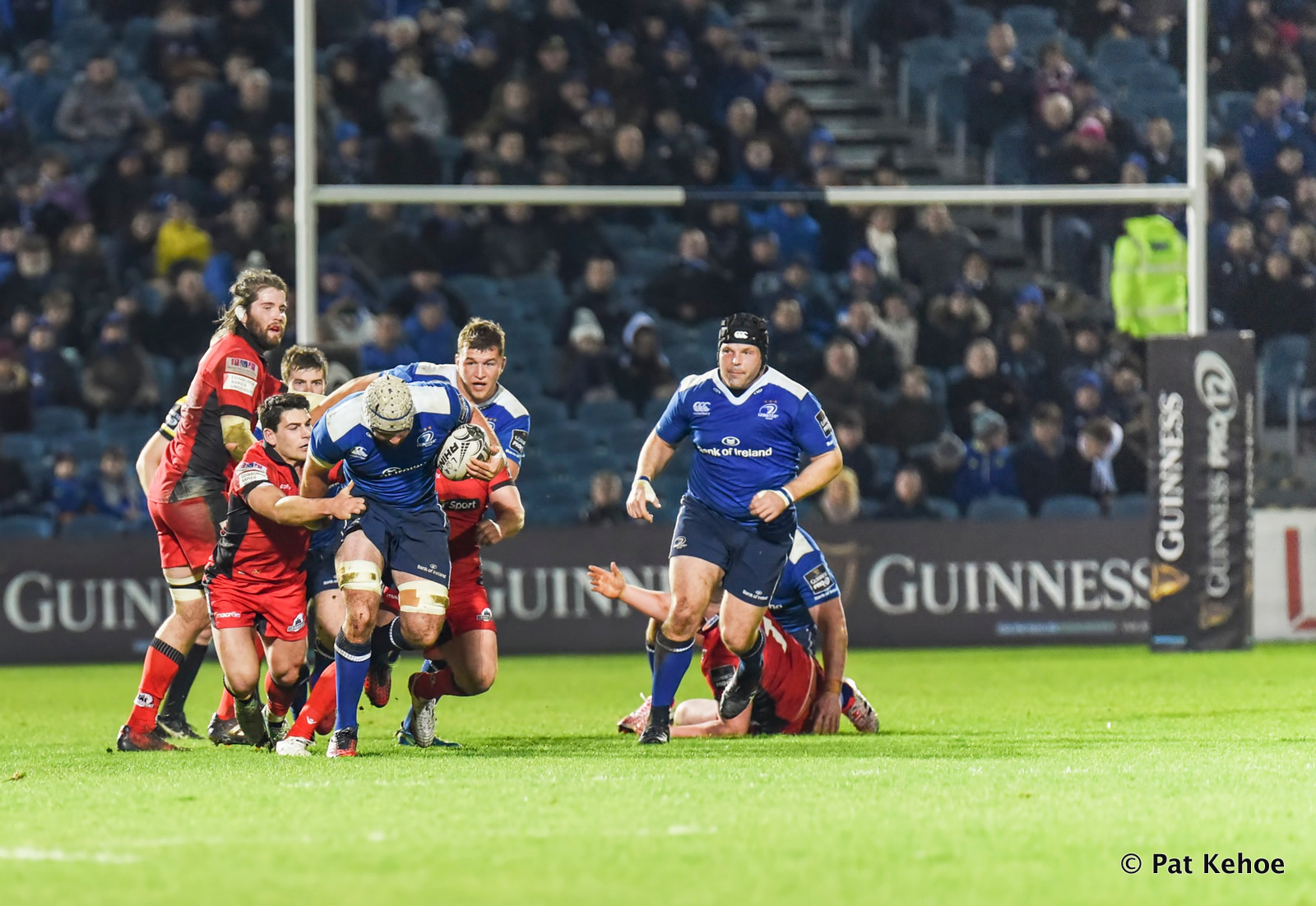


Barcelona Grand Prix.
The reason I've included the grand is that I had just joined Clondalkin Camera Club in December knowing nothing about a camera.
I then took Brian McKeown's Beginners Class in February I think it was and the Grand Prix was in May It is a testament to Brian's teaching that I was able to take those shots in May
What amazes me is that I was able to get sharp shots of cars travelling at near 200 MPH at 1/250 sec I suppose the panning action saved the day.